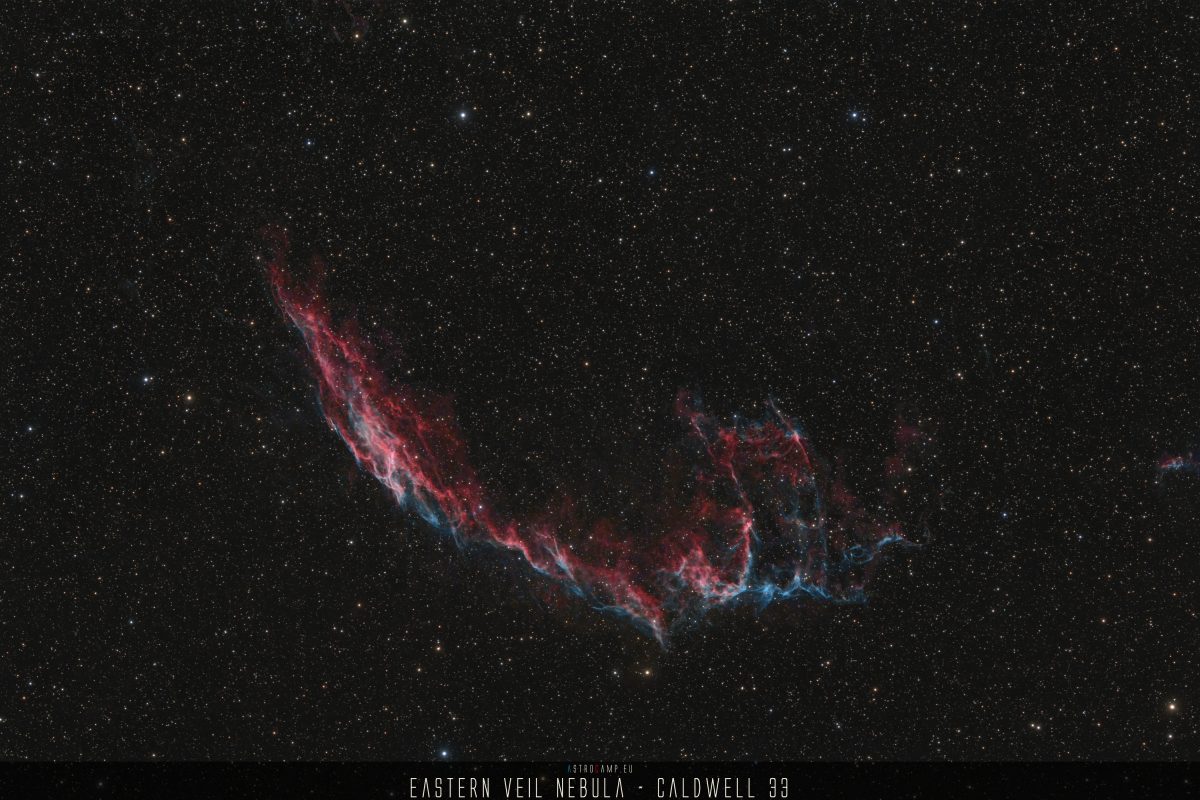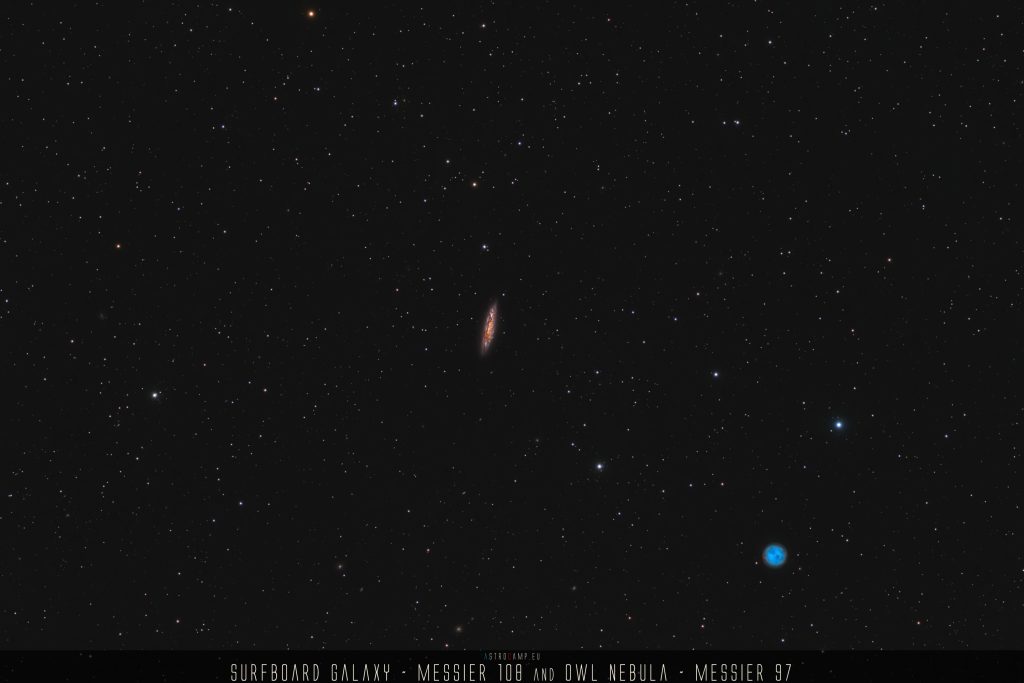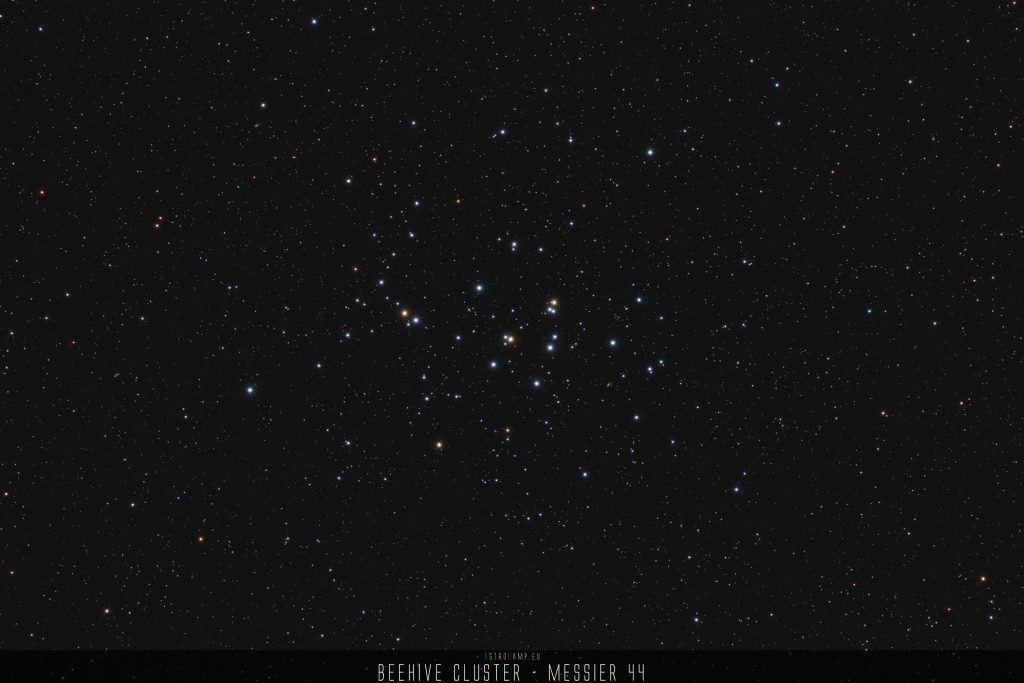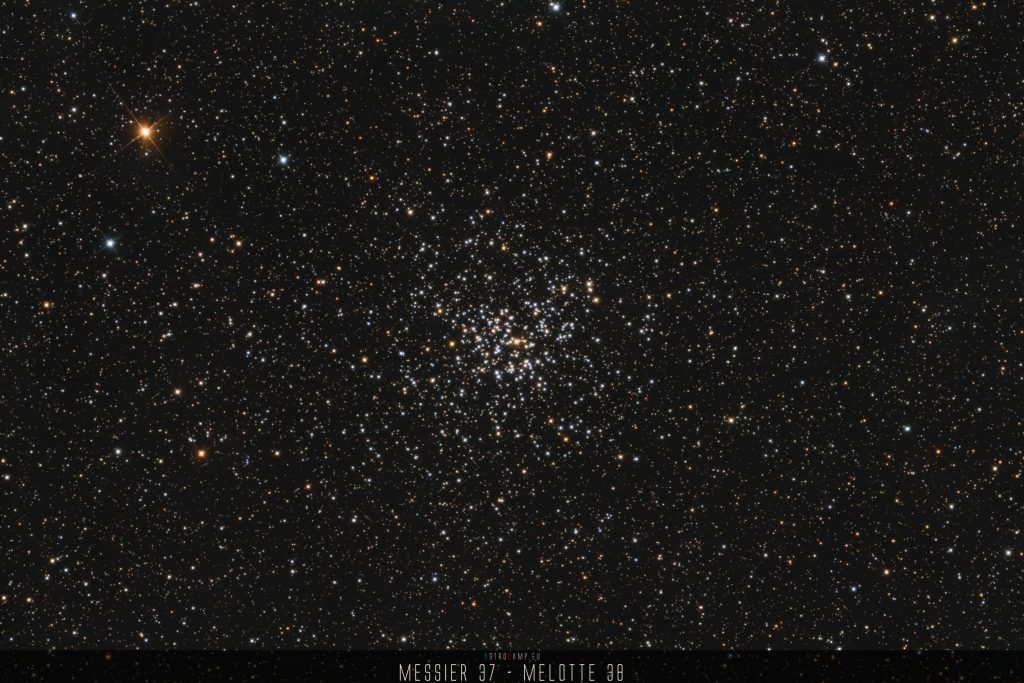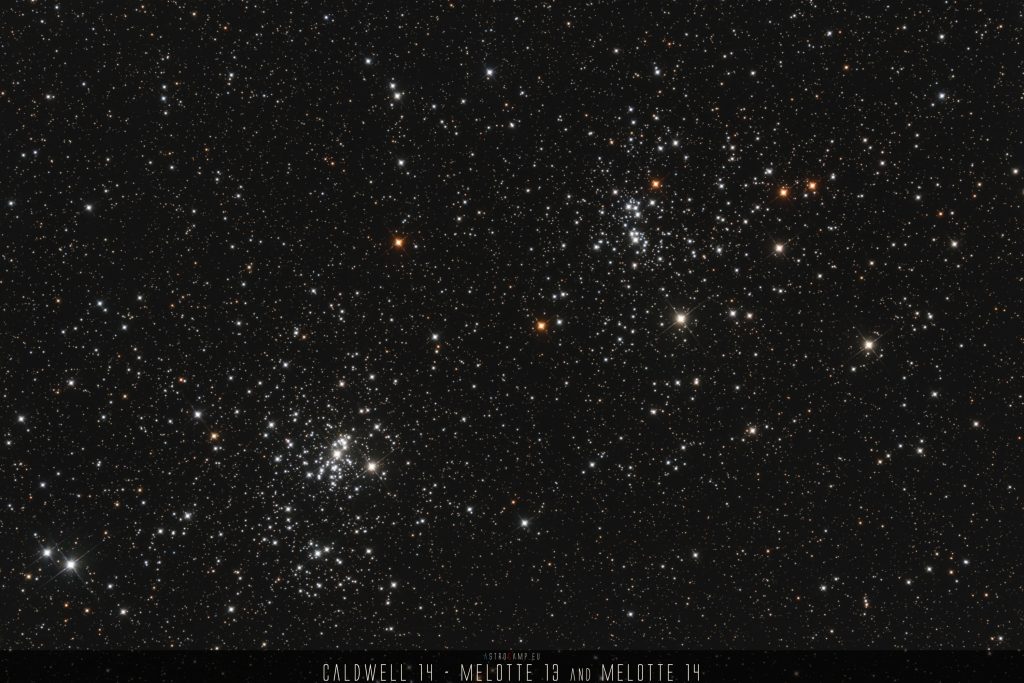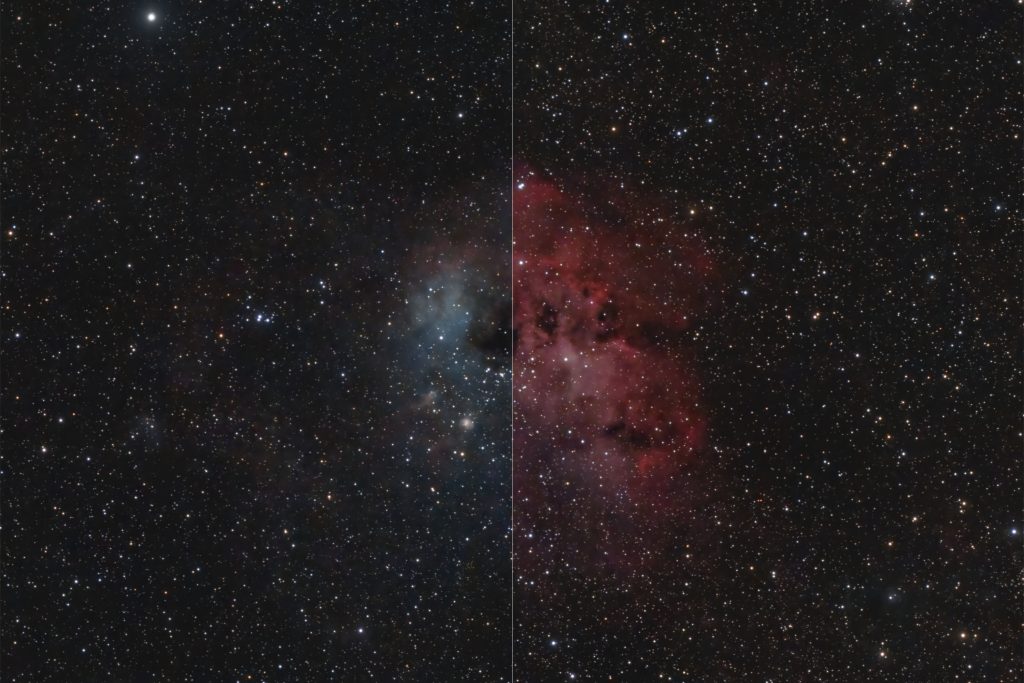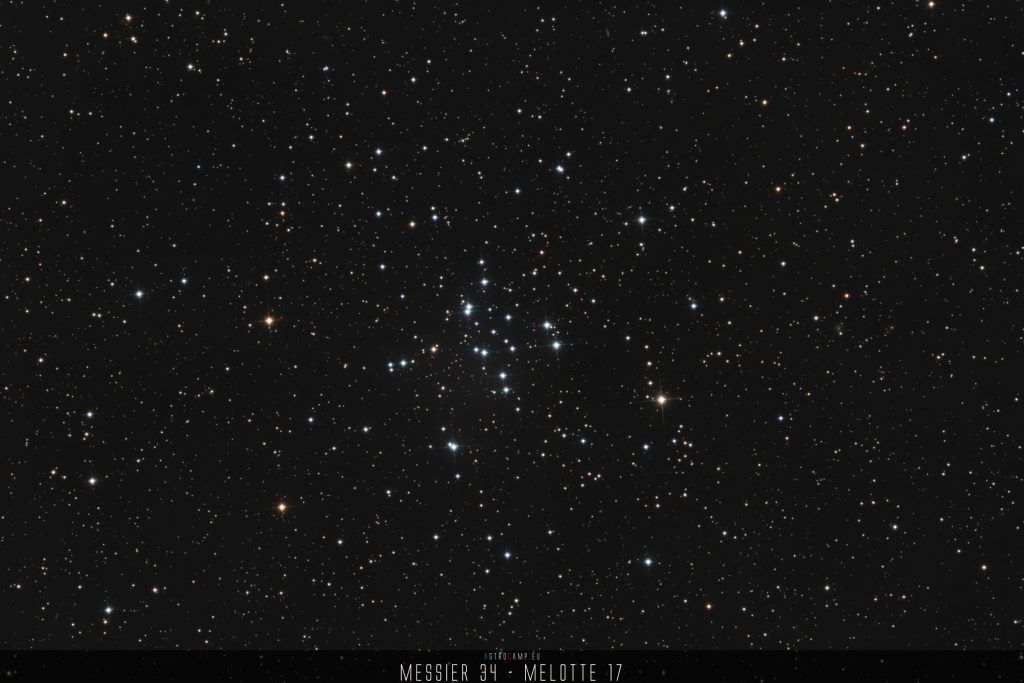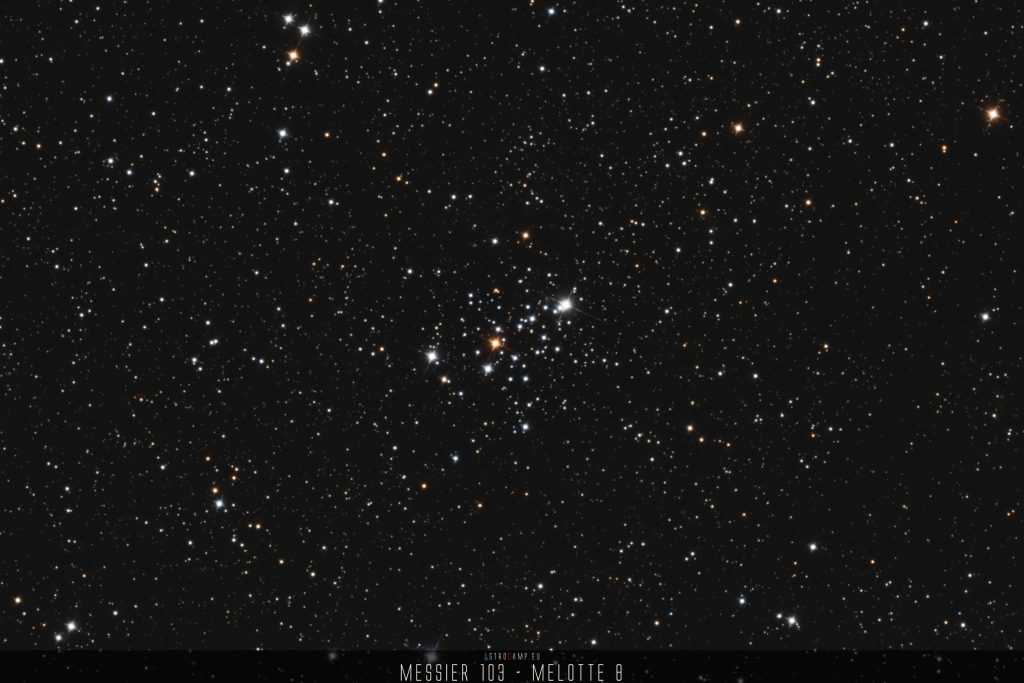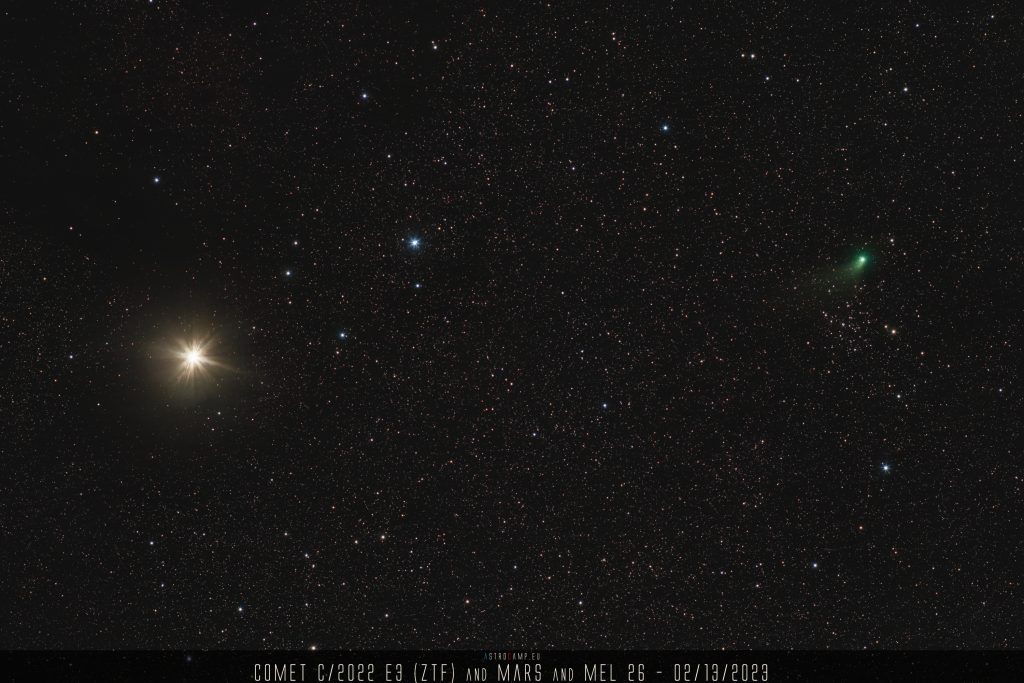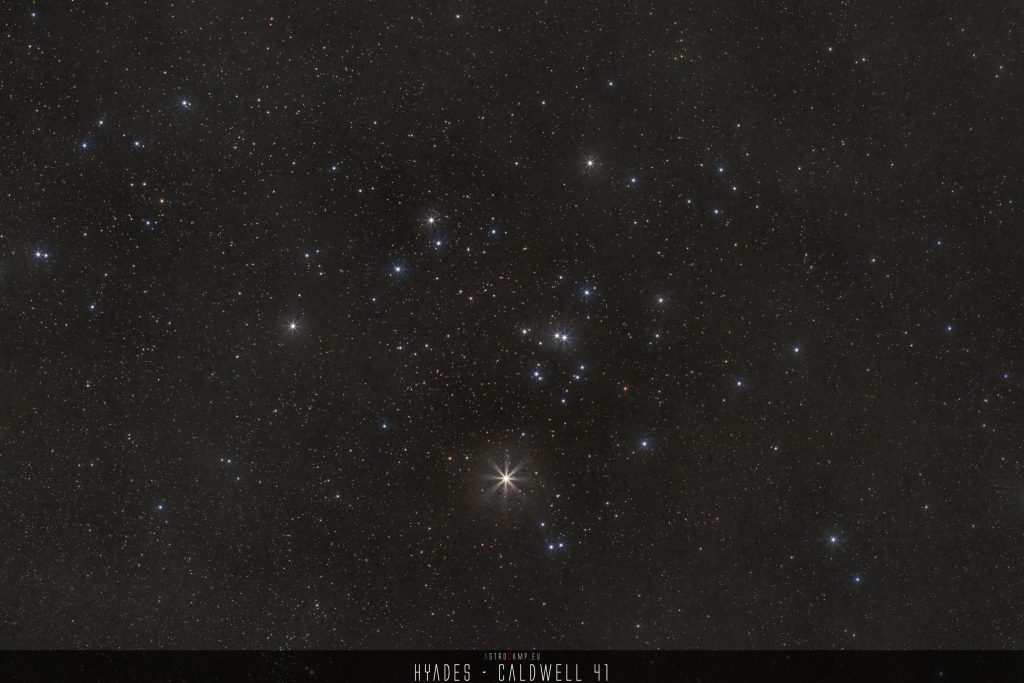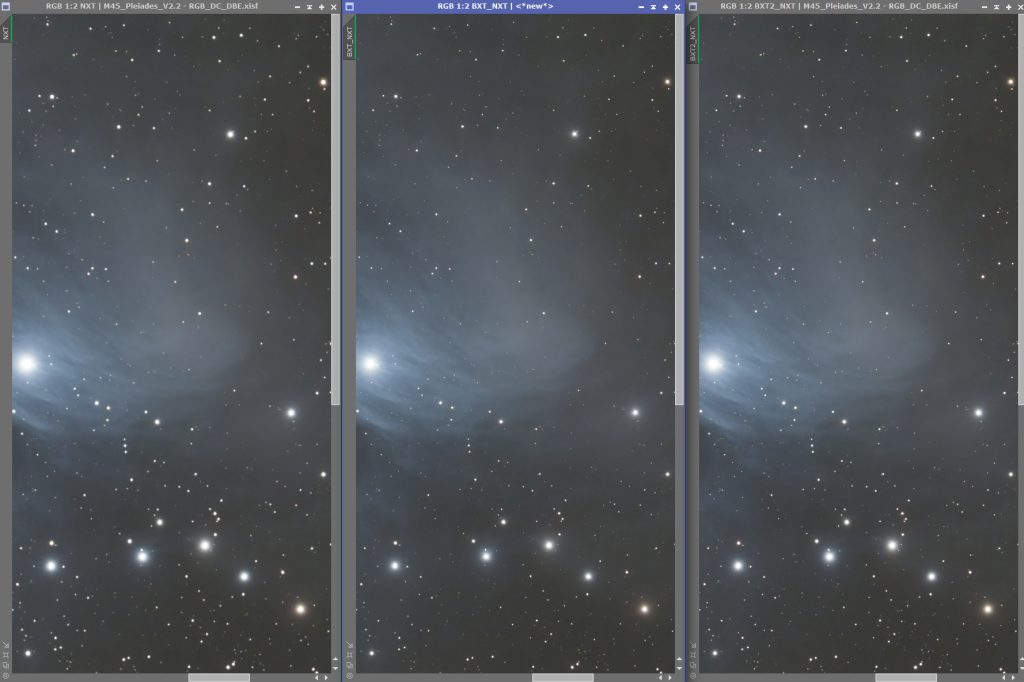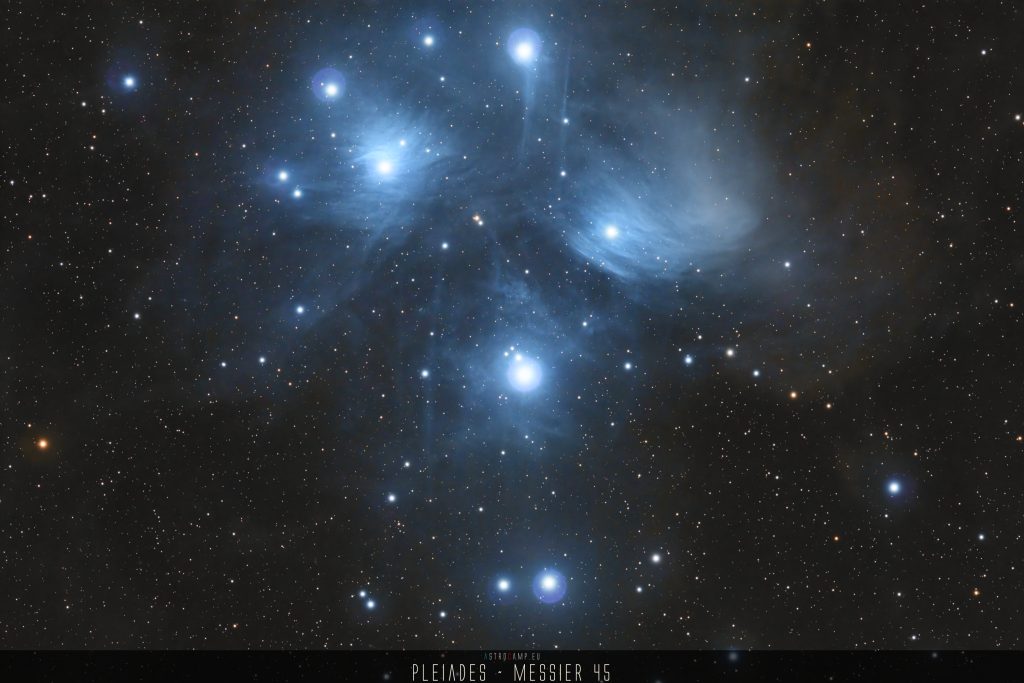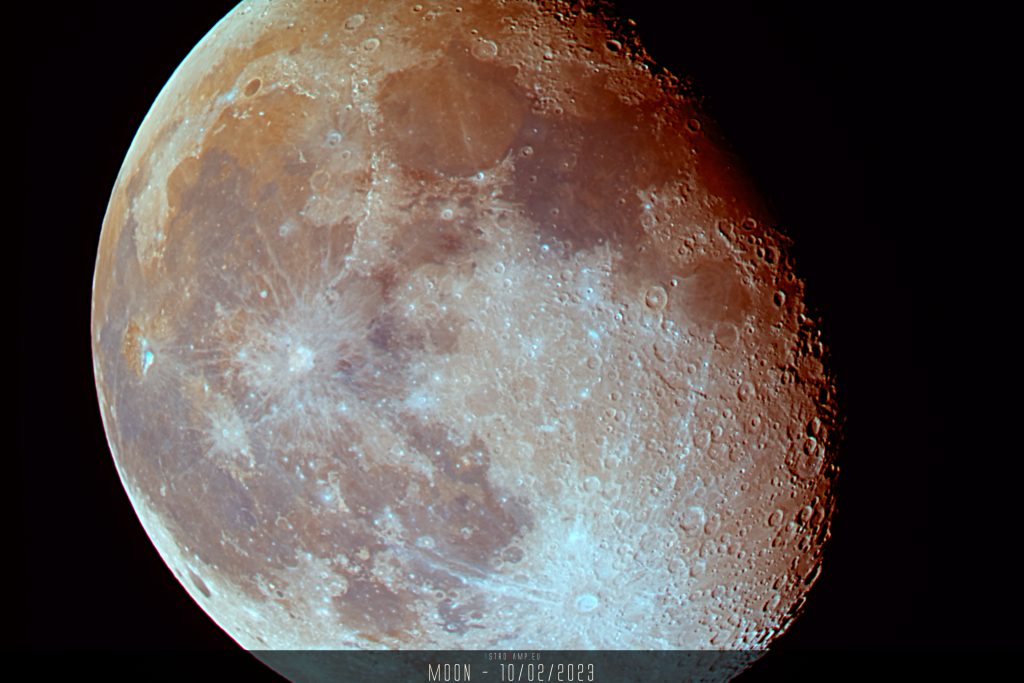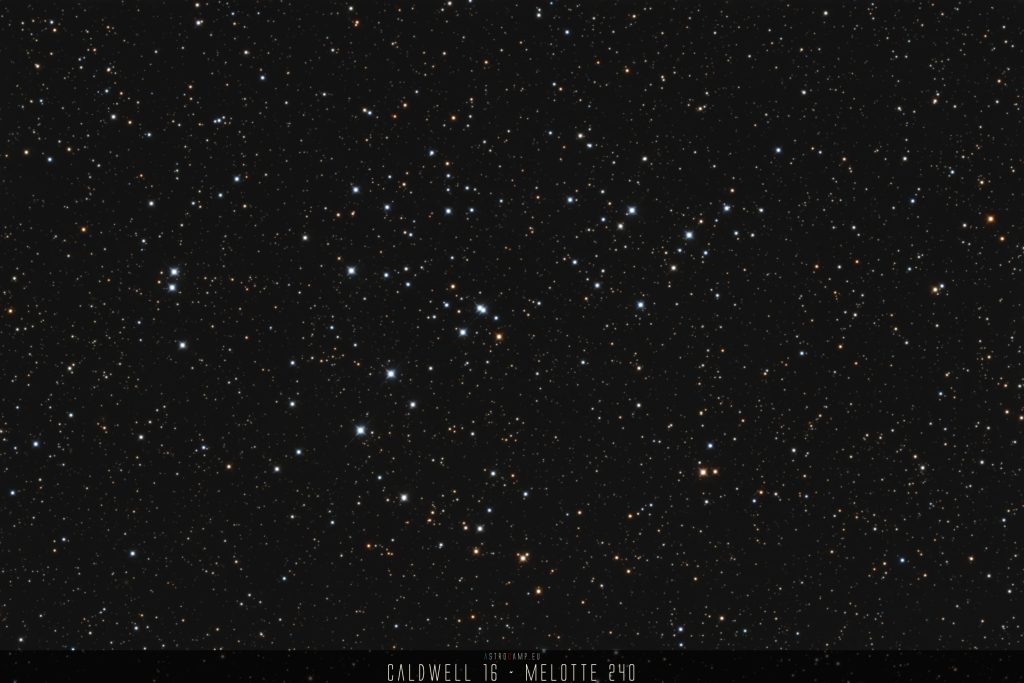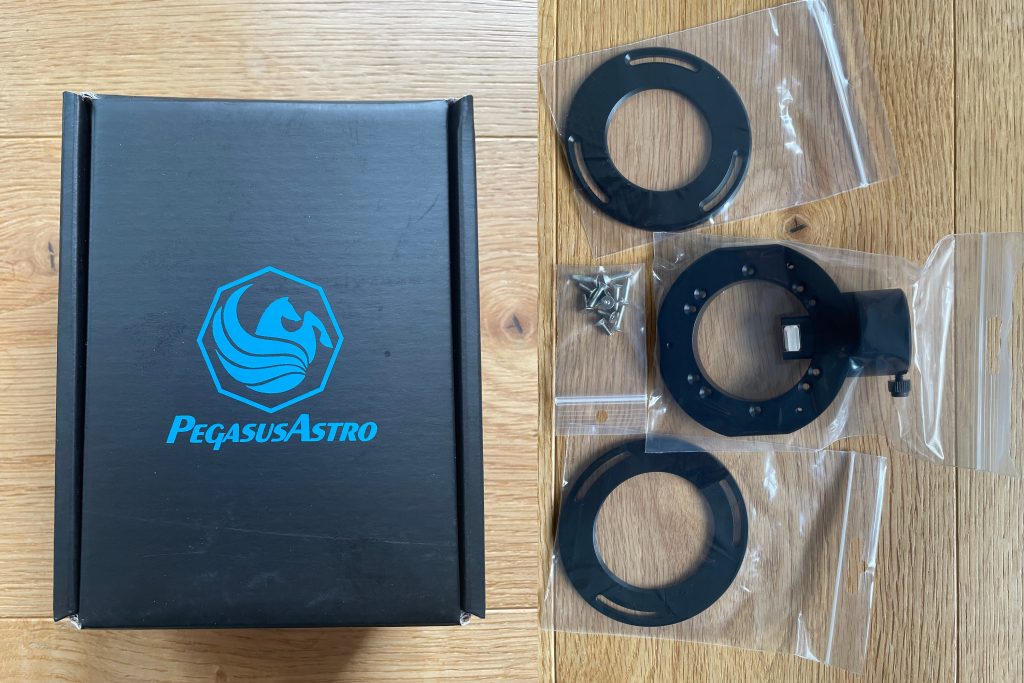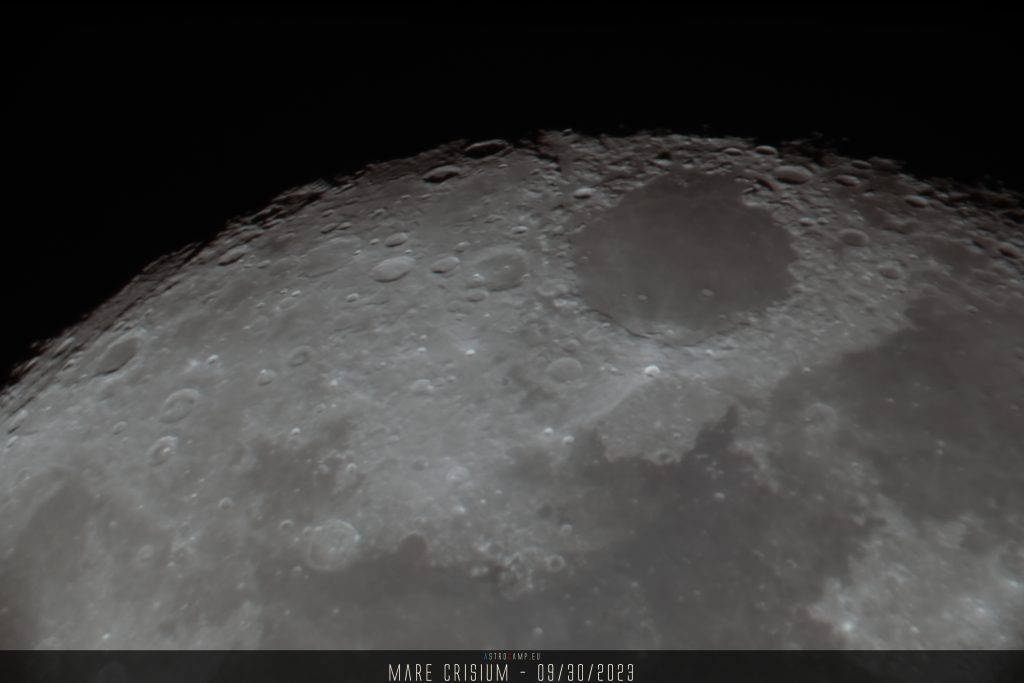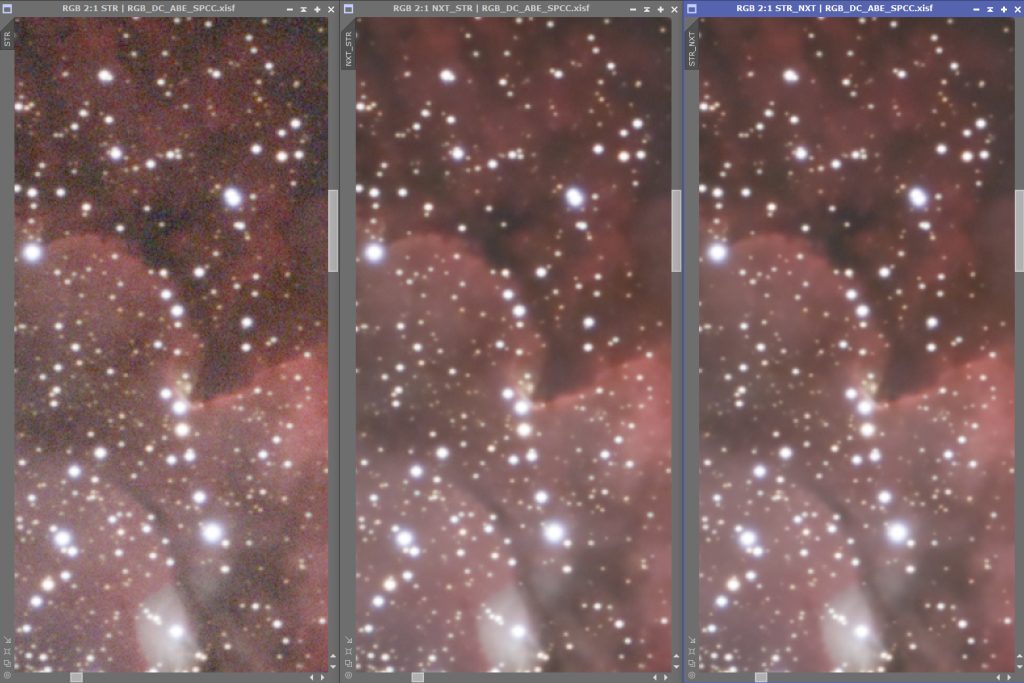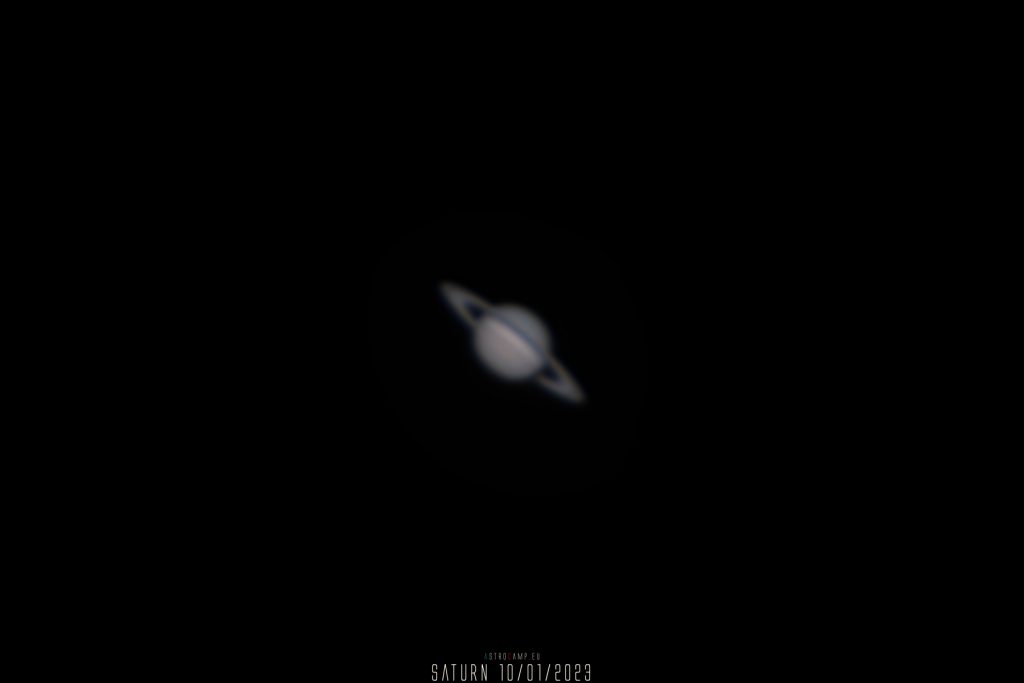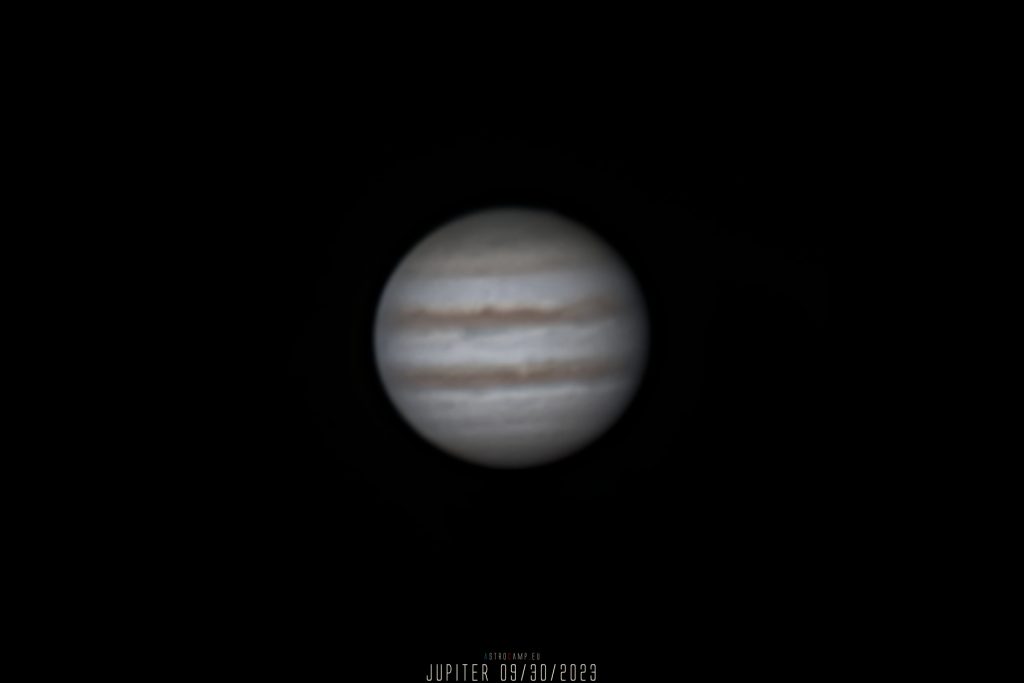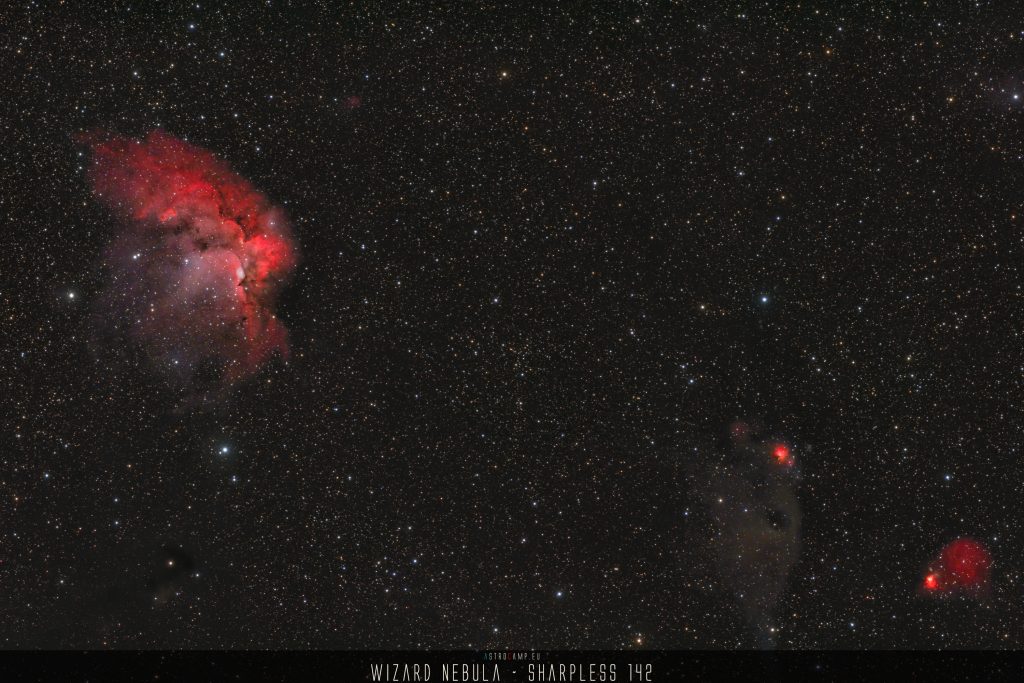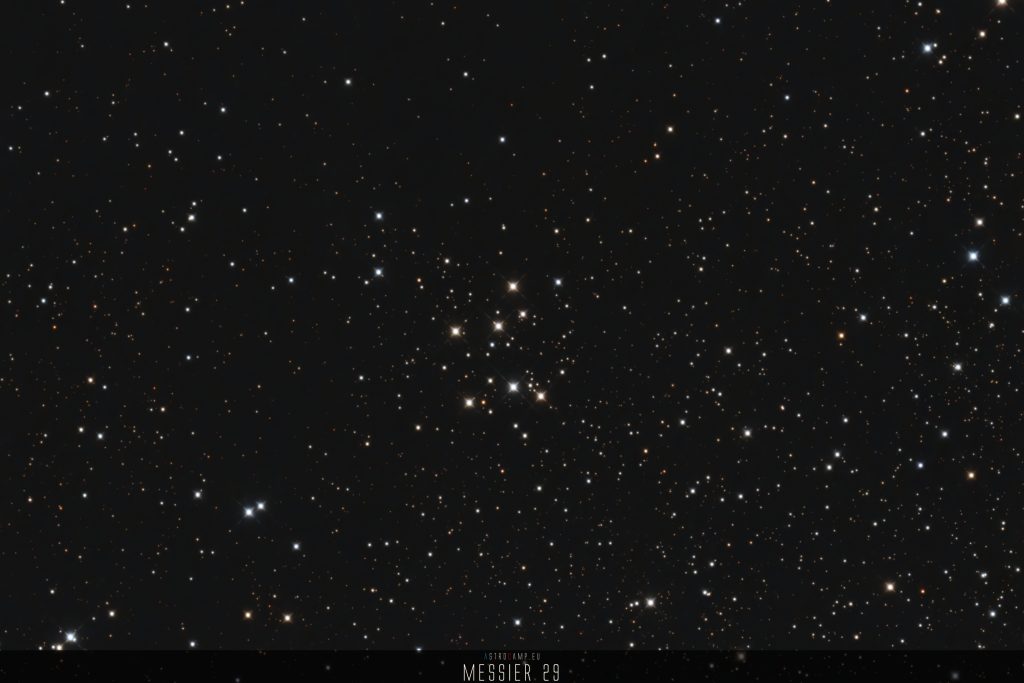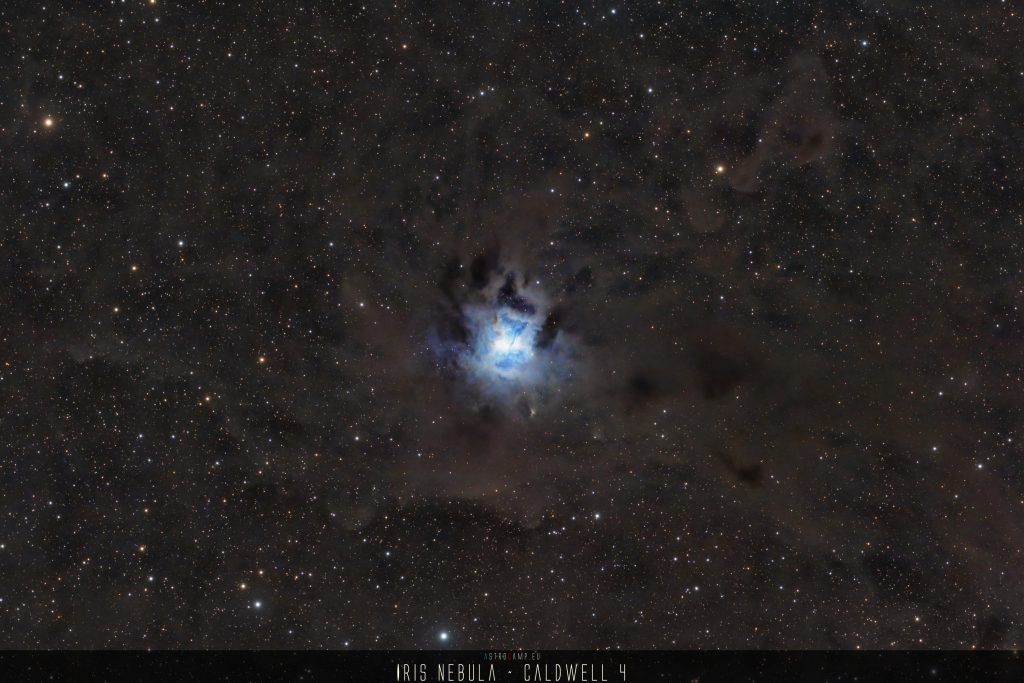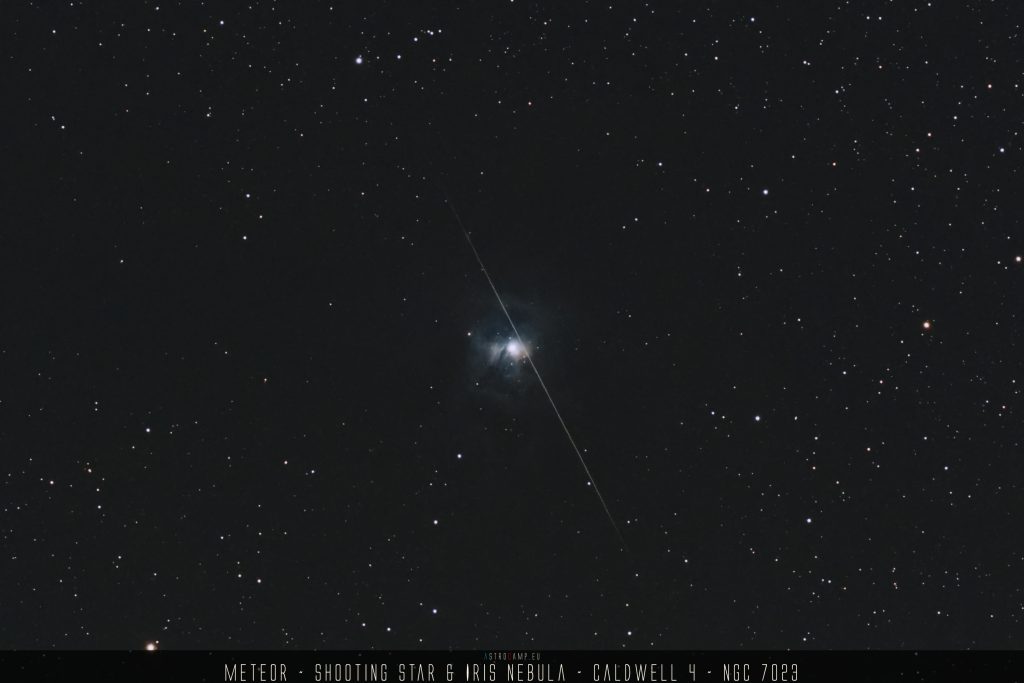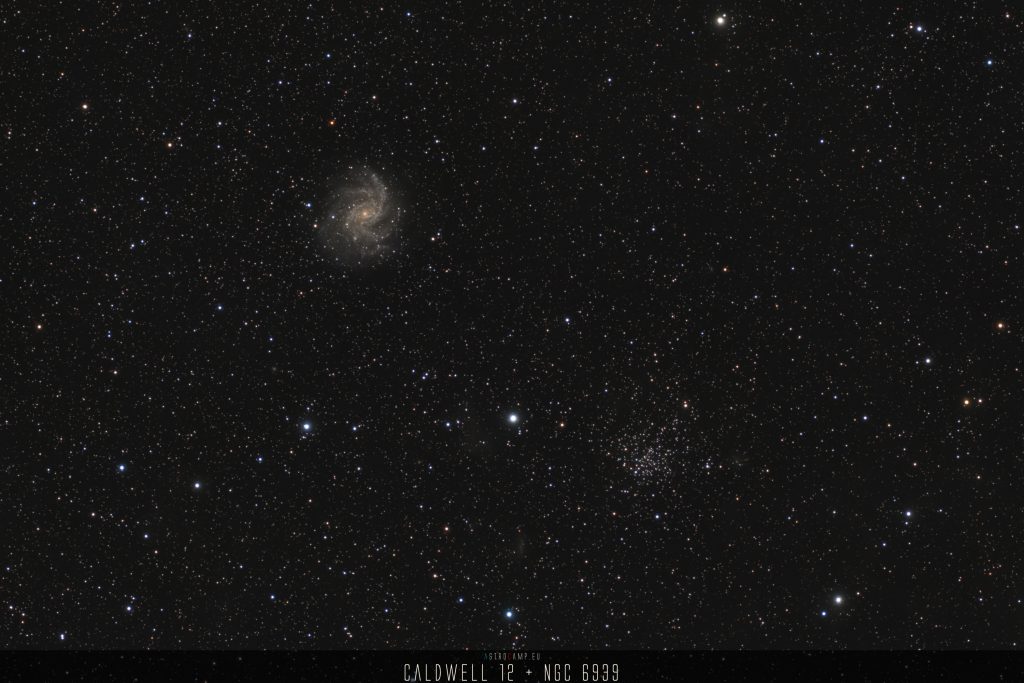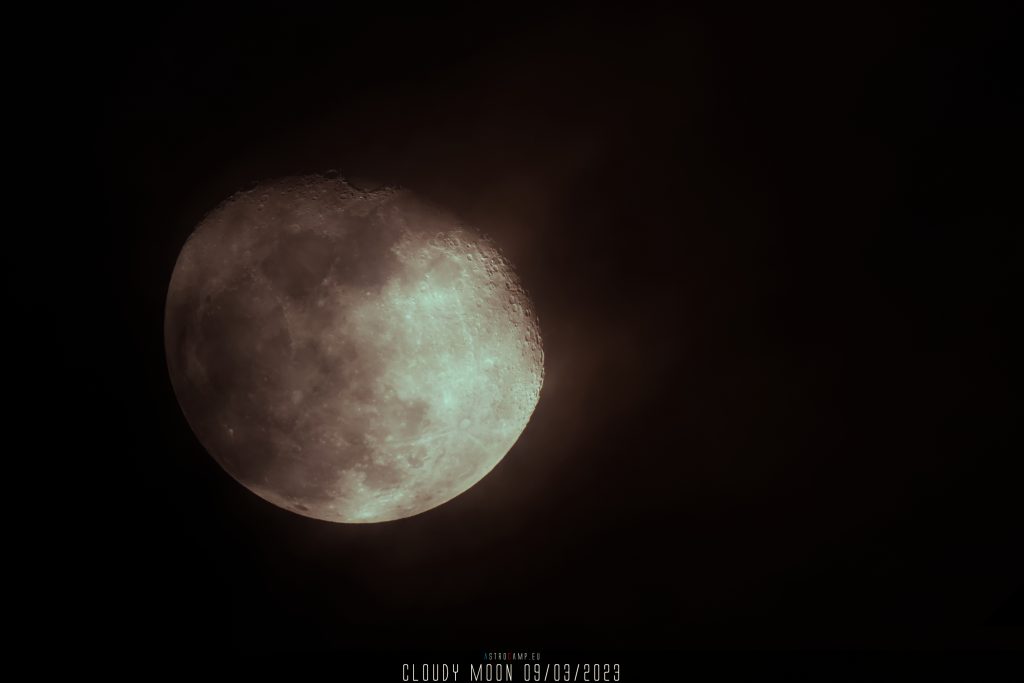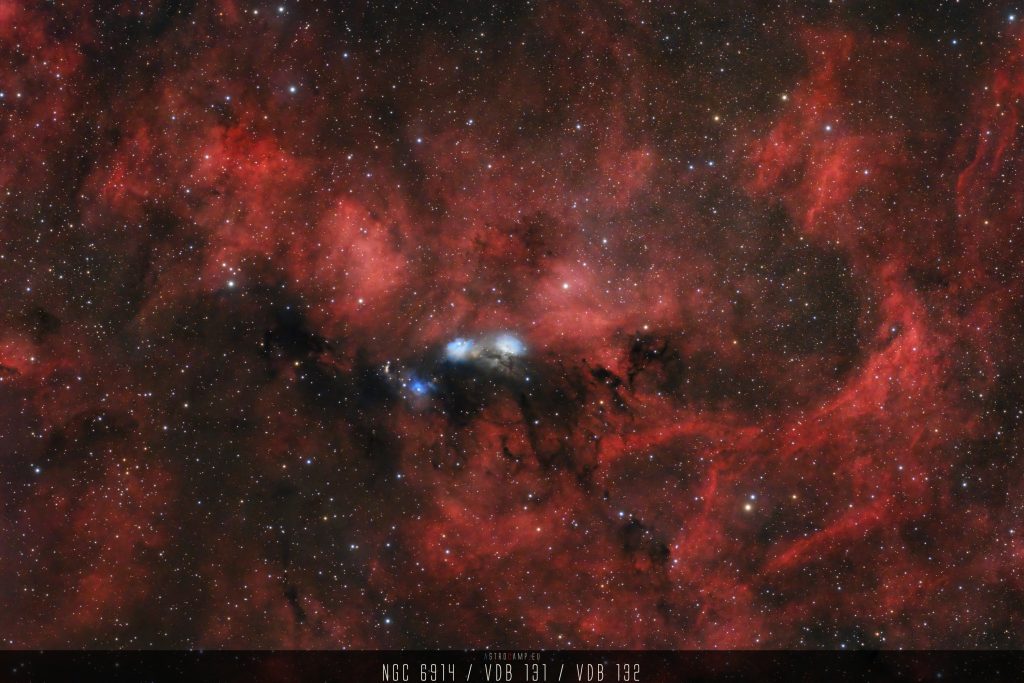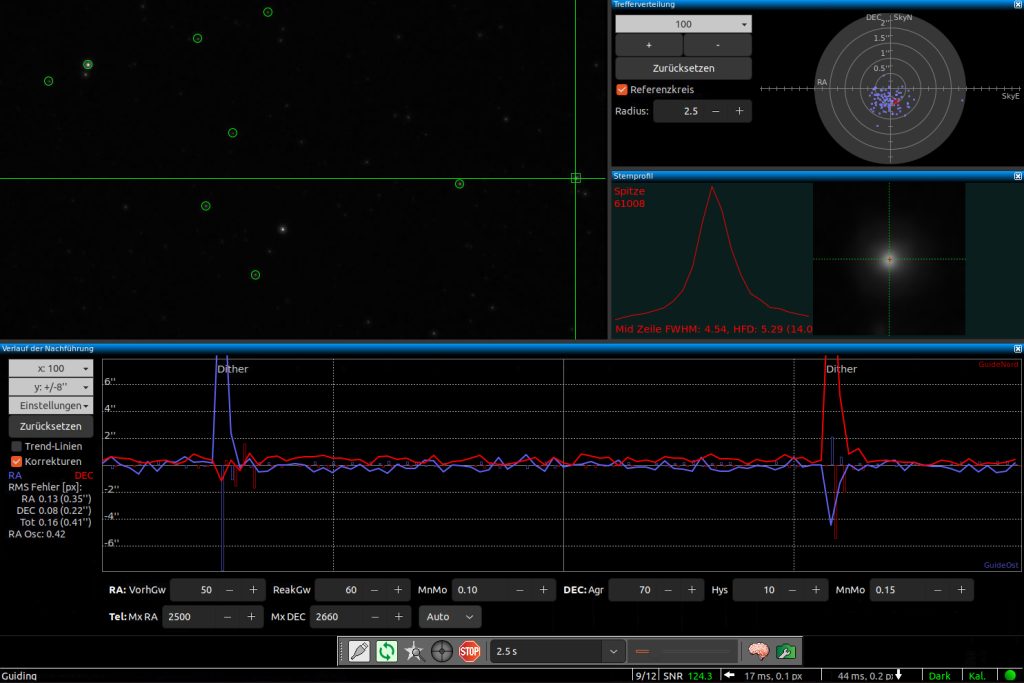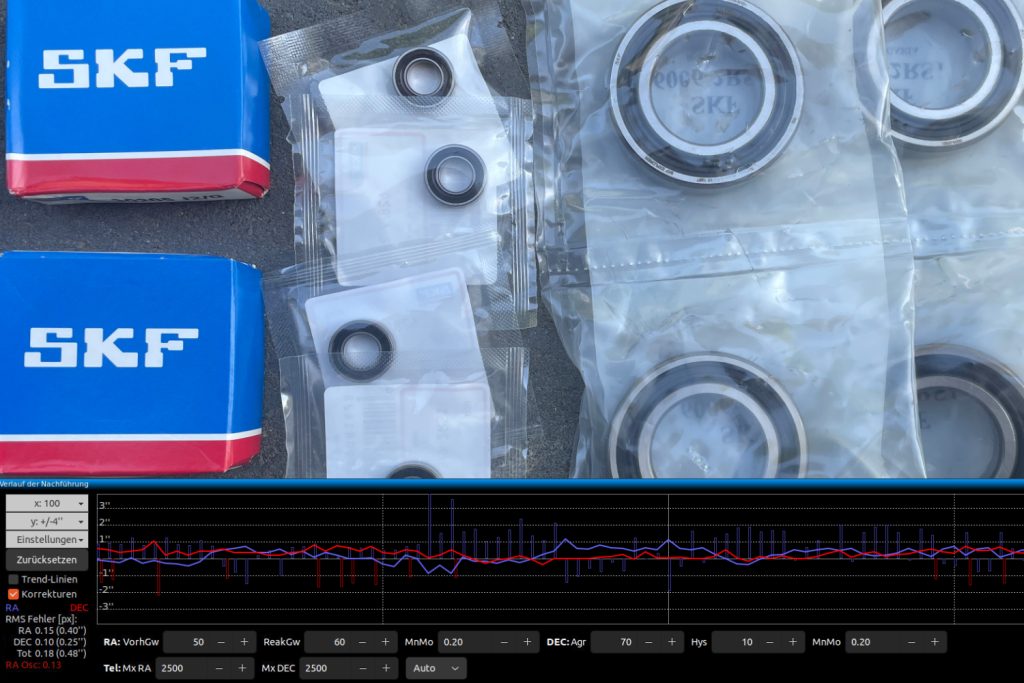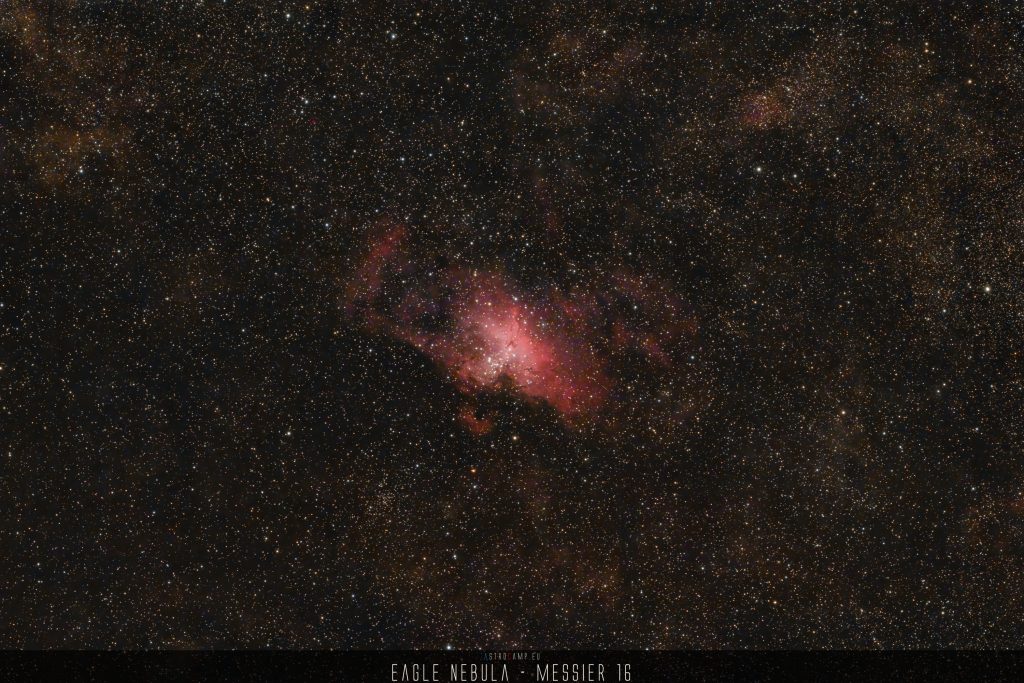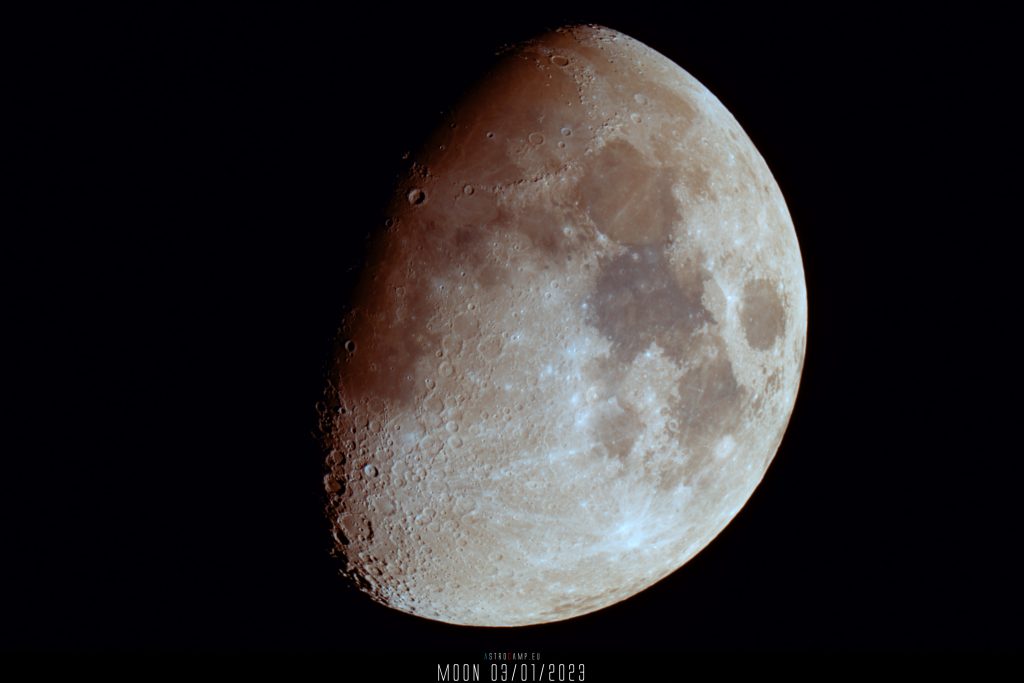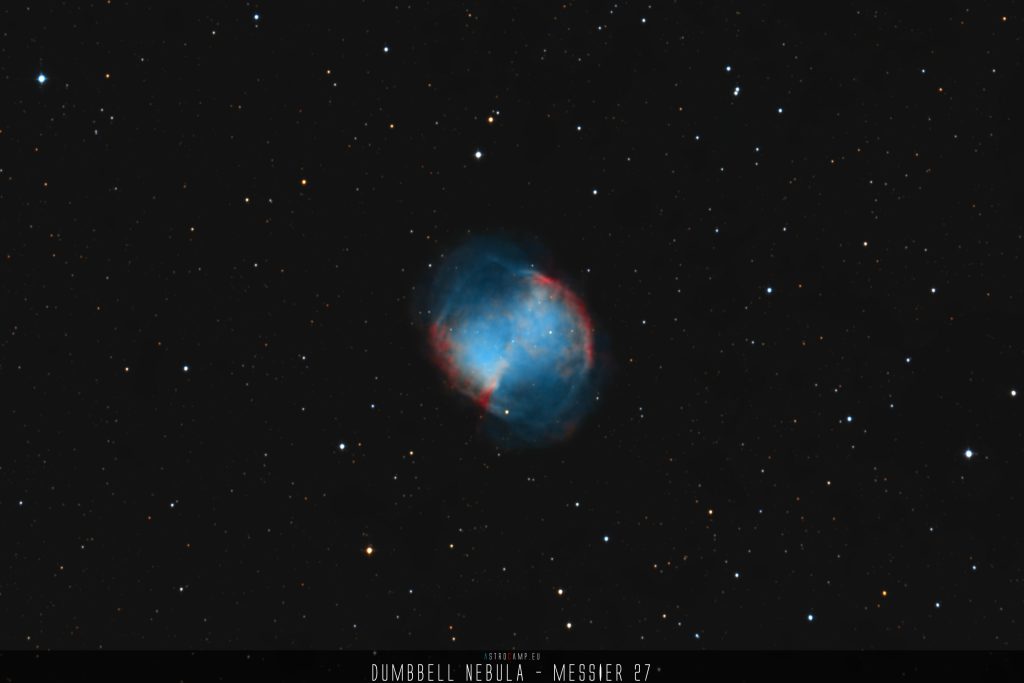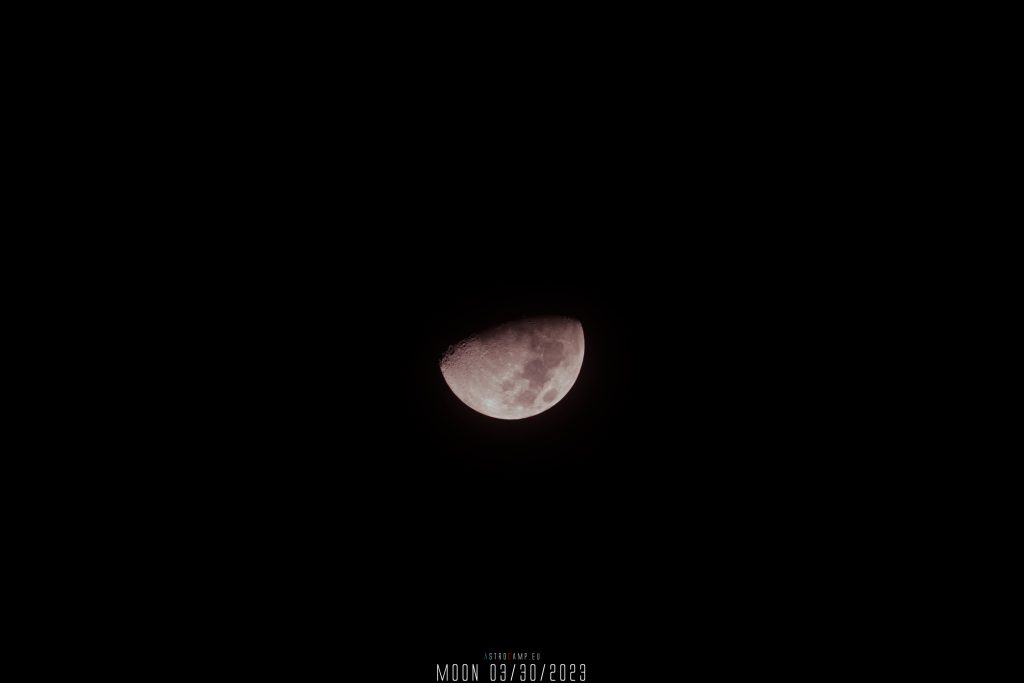The Eastern Veil Nebula is also known by several designations, including NGC 6992, Caldwell 33, or Veil Nebula. It was formed about 8000 years ago by a supernova explosion.
Location of the nebula
The Eastern Veil Nebula is located in the vicinity of the border between the constellations Cygnus and Vulpecula, covering a region of about 3 degrees in diameter, and it is a cloud of ionized gas that is a remnant of a supernova explosion.
Some unique facts
- A unique fact about the Eastern Veil Nebula is its complex structures of ionized gas, which were formed by the interaction of shock waves with interstellar material, and its spectacular appearance as a remnant of a supernova explosion, making it one of the easiest supernova remnants to observe and a popular target for both amateur and professional astronomers. Additionally, it is one of the closest supernova remnants, making it an important target for studies of supernovae and allowing astronomers to conduct detailed observations and analyses.
- Another remarkable feature of the Eastern Veil Nebula is that it is a part of a larger complex of interstellar gas and dust known as the Cygnus Loop, which spans an area of about three degrees in the sky and includes several other supernova remnants and star-forming regions. The Cygnus Loop is one of the most massive and best-studied structures in the Milky Way galaxy, providing astronomers with valuable insights into the processes of stellar evolution, supernova explosions, and the formation of new stars.
Brightness and Size
The brightness of NGC 6992 is approximately 7.0 mag and its apparent size is about 70′ x 6′. This makes it an impressive object for observation with telescopes and a popular target for astrophotography.
It should be noted that the brightness and size of NGC 6992 may vary depending on the observation equipment used and the observation conditions, such as light pollution and atmospheric turbulence.

